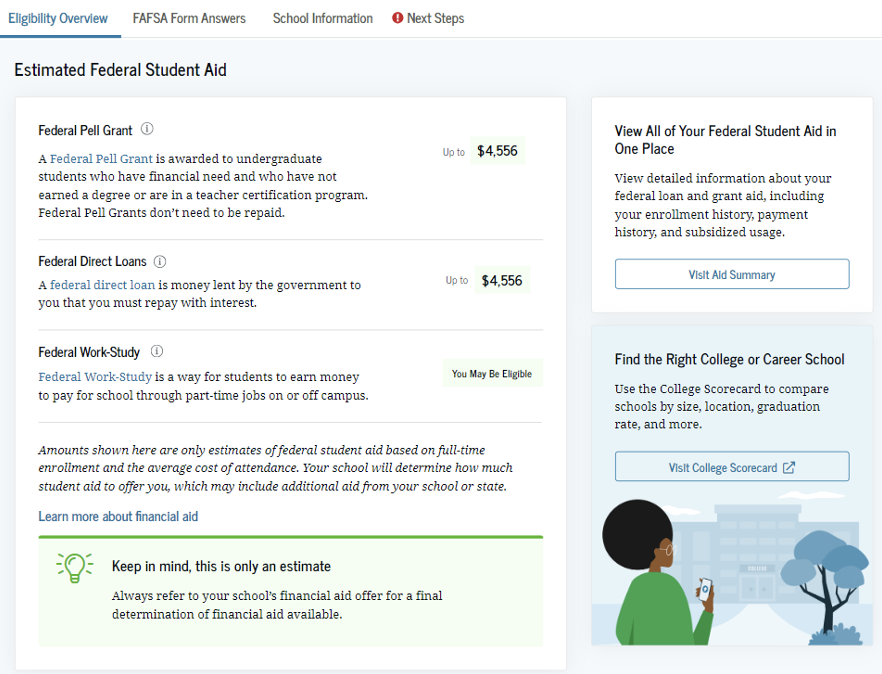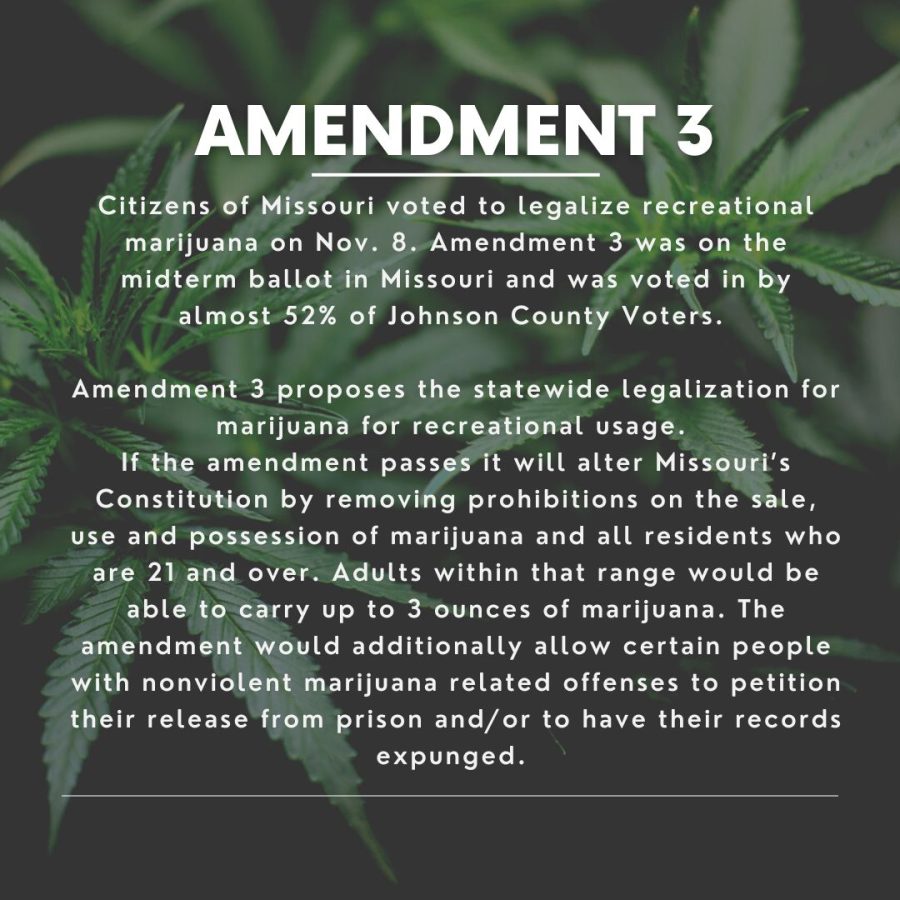By JORDAN SHAPIRO
(JEFFERSON CITY, Mo., AP) — Missouri Senators endorsed legislation Tuesday that would institute performance-based funding for the state’s four-year universities, but only in years the state can afford a funding increase for higher education.
Under the legislation, the 13 public four-year universities and the state’s technical college would work with the Department of Higher Education to develop five performance standards, such as graduation rates, that will determine how much more money they will get in a given year.
“This is a good way to evaluate our universities,” said sponsoring Sen. David Pearce, R-Warrensburg. “A lot of this is being done, but this would codify it in state statute.”
Last year, Gov. Jay Nixon proposed tying a funding increase for universities to performance standards developed by the Higher Education Department. The Democratic governor is following the same model in his proposal for the state budget beginning in July. He has recommended a $42 million increase based on performance.
Pearce said it was important to pass his measure to ensure the model would continue beyond Nixon’s term. But some senators balked at adopting a permanent solution over concerns they would lose leverage to make significant changes to the state’s higher education system.
“We cannot tie our hands on the bigger picture,” said Sen. Kurt Schaefer, R-Columbia.
Under an amendment adopted Tuesday, the funding formula would expire in July 2016. Its sponsor, Sen. Eric Schmitt, R-Glendale, said this would allow the Legislature to evaluate whether the model works and also have leverage for bigger changes.
Schaefer said lawmakers needed time to consider whether to consolidate some state universities to avoid having multiple institutions competing for the same student population.
“We have got to stop institutions from competing with one another and changing their marketing plan to offer everything to everyone,” he said.
Some senators argued that state universities often serve distinct student populations, which require them to offer some programs even if that degree is offered by another university.
Pearce’s legislation would stipulate that universities adopt graduation and retention rates as part of their goals. It would also require the colleges to be scored on whether graduating students find jobs appropriate to their degree level.
Sen. Maria Chappelle-Nadal, D-University City, said the job-placement criteria might unfairly punish a university during economic downturns when new jobs are scarce. To alleviate that concern, the Senate added an amendment that would prevent the standard from being used in years when the unemployment rate has increased.
A 2012 state law required the Legislature to develop and implement a higher education funding model by 2015. A previous proposal would have penalized core university budgets for failing to meet specified goals. But after failing to pass that measure last year, Pearce’s legislation would put only funding increases at risk if a university doesn’t meet its standards.
The bill needs another vote before moving to the House.
Under the legislation, the 13 public four-year universities and the state’s technical college would work with the Department of Higher Education to develop five performance standards, such as graduation rates, that will determine how much more money they will get in a given year.
“This is a good way to evaluate our universities,” said sponsoring Sen. David Pearce, R-Warrensburg. “A lot of this is being done, but this would codify it in state statute.”
Last year, Gov. Jay Nixon proposed tying a funding increase for universities to performance standards developed by the Higher Education Department. The Democratic governor is following the same model in his proposal for the state budget beginning in July. He has recommended a $42 million increase based on performance.
Pearce said it was important to pass his measure to ensure the model would continue beyond Nixon’s term. But some senators balked at adopting a permanent solution over concerns they would lose leverage to make significant changes to the state’s higher education system.
“We cannot tie our hands on the bigger picture,” said Sen. Kurt Schaefer, R-Columbia.
Under an amendment adopted Tuesday, the funding formula would expire in July 2016. Its sponsor, Sen. Eric Schmitt, R-Glendale, said this would allow the Legislature to evaluate whether the model works and also have leverage for bigger changes.
Schaefer said lawmakers needed time to consider whether to consolidate some state universities to avoid having multiple institutions competing for the same student population.
“We have got to stop institutions from competing with one another and changing their marketing plan to offer everything to everyone,” he said.
Some senators argued that state universities often serve distinct student populations, which require them to offer some programs even if that degree is offered by another university.
Pearce’s legislation would stipulate that universities adopt graduation and retention rates as part of their goals. It would also require the colleges to be scored on whether graduating students find jobs appropriate to their degree level.
Sen. Maria Chappelle-Nadal, D-University City, said the job-placement criteria might unfairly punish a university during economic downturns when new jobs are scarce. To alleviate that concern, the Senate added an amendment that would prevent the standard from being used in years when the unemployment rate has increased.
A 2012 state law required the Legislature to develop and implement a higher education funding model by 2015. A previous proposal would have penalized core university budgets for failing to meet specified goals. But after failing to pass that measure last year, Pearce’s legislation would put only funding increases at risk if a university doesn’t meet its standards.
The bill needs another vote before moving to the House.




